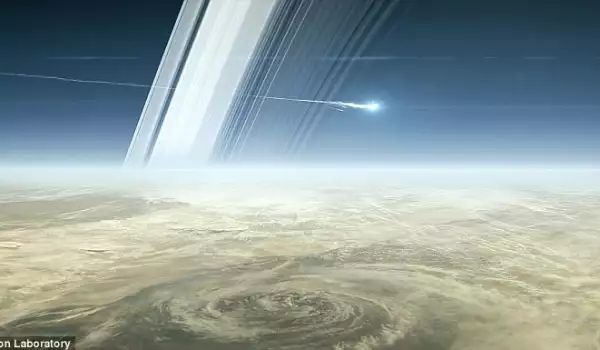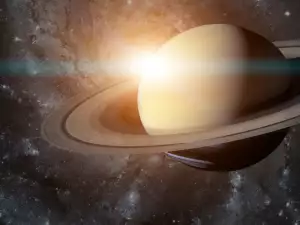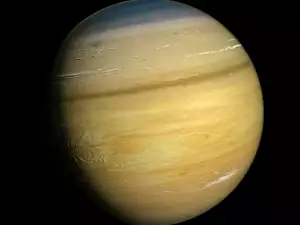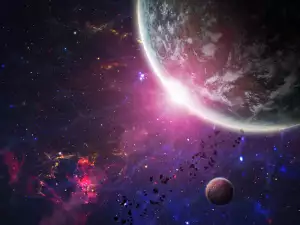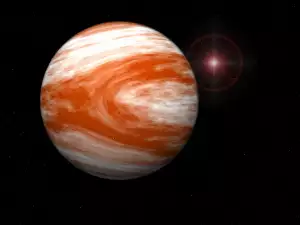Cassini has done it! The spacecraft has successfully completed the 1st of a series of dives between Saturn and its rings. The photos it has made are beyond unique.
NASA has announced that Cassini has once again begun streaming data back to Earth after a pause due to a maneuver. The craft is following the planned trajectory and is now sending data back to our own planet (see photos).
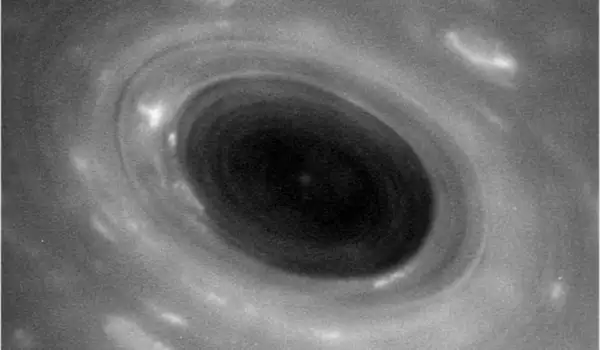
The photographs and readings made by Cassini take 78 min. to reach Earth. They are received directly by the Goldstone Observatory in the Mojave Desert, California.
This is the 1st of a total of 22 planned dives for the Cassini spacecraft. Over the course of these dives, NASA will be adjusting the craft via sensors in order to obtain images of areas never-before-seen by human eyes.
The images Cassini has already sent back to Earth are phenomenal. To protect itself during the dive, Cassini used its antenna as a sort of shield. The craft pointed it facing the direction of the flow of particles in the planet's rings. This maneuver caused communication with Earth to cease for a time. Currently, Cassini has its antenna facing our planet and is streaming data round-the-clock.
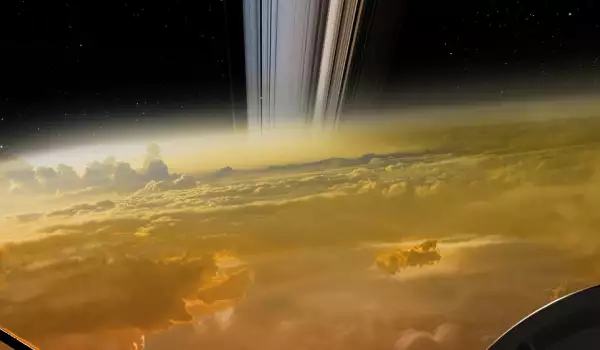
NASA states that this is the 1st spacecraft to ever be so close to Saturn. The next dive is scheduled for May 2nd. The main goal is for it to collect information that cannot be obtained otherwise, including detailed mapping of Saturn's gravitational and magnetic fields.
This may not only reveal what the inner structure of the planet is like but also the speed at which it rotates. Photos of the rings, on the other hand, will help clear up what materials are contained in them and how they formed. Analysis of the particles will help scientists identify the composition of Saturn's icy rings, which are attracted toward the planet's atmosphere by its gravity.
The craft is supposed to perform its final maneuver on September 15. At that time, Cassini will plunge toward the planet and burn up in its atmosphere. The reason for this, NASA says, is the craft doesn't have enough fuel to return to Earth and they don't want to risk it crashing into any of Saturn's moons, so it doesn't contaminate them.
